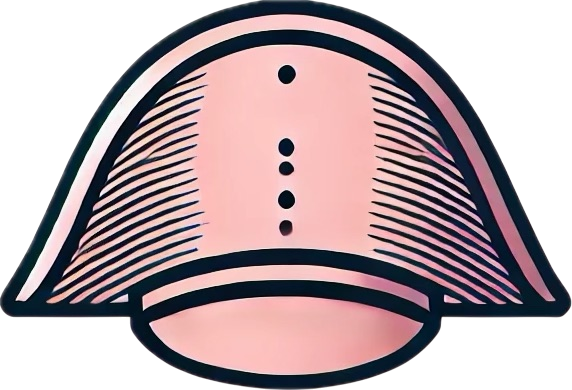Baroque vs Rococo Furniture - Differences, History & Buying Guide
Understanding the Evolution of Beauty in Antique Furniture
In the world of European antique furniture, few styles command more reverence than the Baroque and Rococo. These two decorative epochs—though historically intertwined—present distinct visions of form, proportion, and ornamentation. At Napoleon Antique & Art, we specialize in authentic pieces from both periods, offering collectors and interior connoisseurs access to the finest examples of 17th- and 18th-century craftsmanship.
Whether you are seeking to buy Baroque furniture online or invest in an original Rococo mirror, this page will help you identify the hallmarks of each style and understand their unique presence in a refined interior.
What is Baroque Furniture?
Baroque furniture emerged in early 17th-century Italy and flourished across Europe under the patronage of absolutist courts. Monumental in scale and deeply architectural in presence, Baroque design was used to express divine power and sovereign order.
Key Features of Baroque Furniture:
- Dramatic Forms: Heavy, rectangular proportions with curved or broken pediments
- Architectural Details: Columns, pilasters, cornices, and deep moldings
- Dark Rich Woods: Walnut, oak, and ebonized finishes dominate
- Symmetry and Grandeur: Formal compositions, often designed to impress
- Opulent Embellishment: Carvings of angels, masks, laurel wreaths, acanthus scrolls, and lion paws
- Gilded Accents: Extensive use of gold leaf, often burnished and warm in tone
Baroque furniture is less about delicacy and more about presence—it grounds a room and lends it sacred weight. Many collectors are drawn to Baroque pieces for their enduring solidity and bold silhouette, often placing them as anchor pieces in a curated antique interior.
What is Rococo Furniture?
Rococo furniture developed in early 18th-century France during the reign of Louis XV. Sometimes called Louis Quinze style, Rococo was a response to the severity of Baroque, softening its lines and infusing interiors with sensuality, movement, and intimacy.
Key Features of Rococo Furniture:
- Playful Asymmetry: Shell motifs, floral sprays, and rocailles unfold in naturalistic compositions
- Lighter Palettes: Painted finishes and pastel upholstery create a more airy presence
- Graceful Curves: Cabriole legs, serpentine fronts, and undulating seat rails
- Delicate Ornamentation: Gilded bronze mounts, marquetry, and whimsical carving
- Refined Scale: Smaller, salon-appropriate proportions
Rococo furniture invites softness. It suits romantic, elegant spaces and lends itself well to personal, artful interiors—ideal for those seeking antique furniture with expressive charm.
Investing in Period Furniture
For the serious collector, understanding the difference between Rococo and Baroque furniture is key to building a timeless collection. Each style reflects its historical context—Baroque, with its sacred symmetry and royal ambition; Rococo, with its emphasis on beauty, movement, and the private sphere.
At Napoleon Antique & Art, we focus exclusively on original 18th- and early 19th-century furniture with correct proportion, patina, and surface. We do not sell reproductions. Each of our Baroque chests, Rococo mirrors, and Gustavian chairs is hand-selected for its authenticity, elegance, and historical resonance.
Explore the Collection
We invite you to explore our curated selection of:
Which Style Is Right For You?
If you’re drawn to structure, solemnity, and architectural weight—Baroque may be your style. If you long for elegance, whimsy, and the quiet luxury of ornament—Rococo will sing to your eye.
And for those who love both, it is not uncommon to blend them—Baroque furniture grounding the room while a Rococo piece dances at its center.
Buy antique furniture online from a trusted source. At Napoleon Antique & Art, we treat each piece as a testament to history—and each customer as a future custodian of beauty.
Shop Baroque Furniture, Rococo Furniture and Rococo Mirrors
-

Shop Baroque Furniture
Shop a curated selection of antique Baroque furniture.
-

Shop Rococo Furniture
Shop a curated selection of antique Rococo furniture.
-

Rococo Mirrors
Shop beautiful gilded Rococo mirrors from the 18th century.



